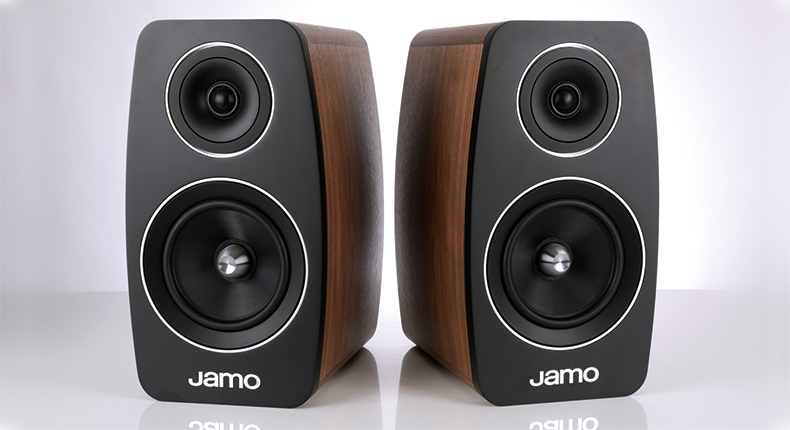What Hi-Fi? Verdict
Competition is stiff, but the C103s deserve consideration
Pros
- +
Imposing looks
- +
Detailed, organised and wide sound
- +
Fine finish
- +
Suit biwiring well
Cons
- -
Top end needs consideration when system-matching
- -
Don’t really punch with the authority the looks suggest
Why you can trust What Hi-Fi?
Like a nightclub bouncer in a tailor-made suit, the Jamo C103s are really packed in there. Each cabinet is big and burly, with a power-bulge around the 18cm mid/bass driver and a lot of overall presence.
If ever a speaker looked like it wasn’t to be trifled with, the Jamo C103 is it.
Design
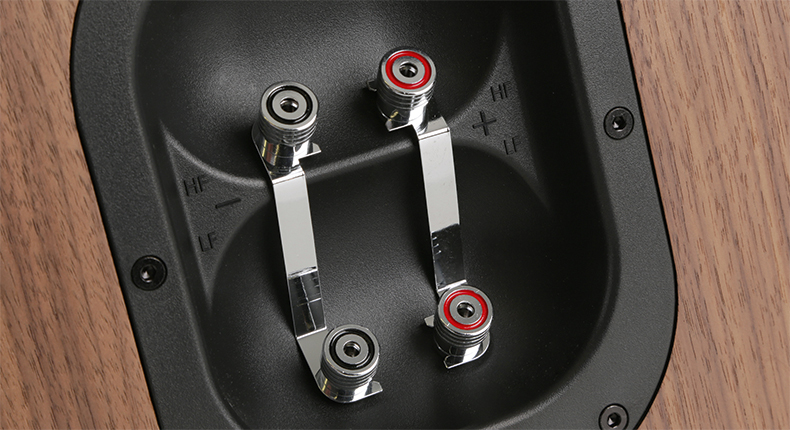
There are three finishes: gloss black, gloss white and the walnut veneer of our review pair, and they are smooth and high-quality, but they give the impression of barely containing the latent threat inside.
Above the driver is a 25mm silk dome tweeter, decoupled and waveguide-equipped. Around the back there are hefty biwire cable terminals and a gaping reflex port big enough for other, more modestly sized, speakers to hide in.
In between, the walnut veneer is expertly applied around the vaguely pear-shaped cabinet exterior. Chrome-effect accents around each driver add a little more visual pizzazz.
Performance
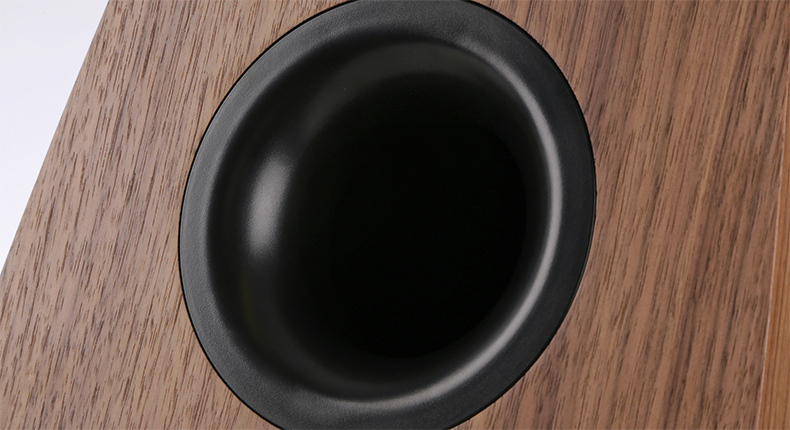
Integrated directly into our reference system, the C103s sound diffused (a little) and hard (a lot). All speakers benefit from an extended running-in period though, and after 72 hours of uninterrupted playing, the C103s are singing with their authentic voice.
Initial impressions are of a large-scale, open sound. Given a WAV file of The Flaming Lips’ Waitin’ For A Superman to deal with, the Jamos reproduction is wide and tall, with an even-handed approach to the frequency range from top to bottom.
The top end is absolutely as assertive as it wants to be, but we reckon careful system matching is required to make sure the C103s don’t overplay their hand where treble sounds are concerned.
The midrange is decently detailed, although perhaps lacking a little substance, and the low frequencies are speedy and tonally varied.
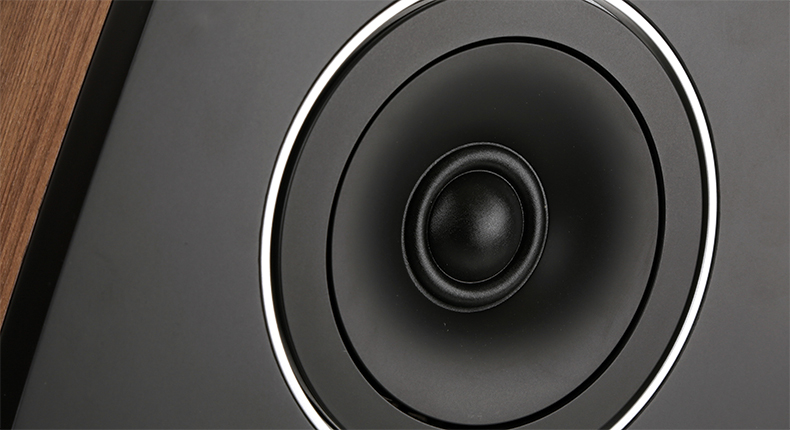
However, they aren’t as out-and-out punchy as the look of the Jamos initially leads us to expect. If they are indeed a nightclub bouncer, the C103s are altogether politer and more reasonable than is perhaps usual.
Timing is decent and dynamic range is more than adequate. Overall, the Jamos are an organised, if somewhat reticent, listen.
We back the C103s closer to the rear wall of our listening room and switch to another WAV file, this time Mos Def’s Hip Hop, and while there’s a noticeable increase in bottom-end muscle, it’s not disproportionate.
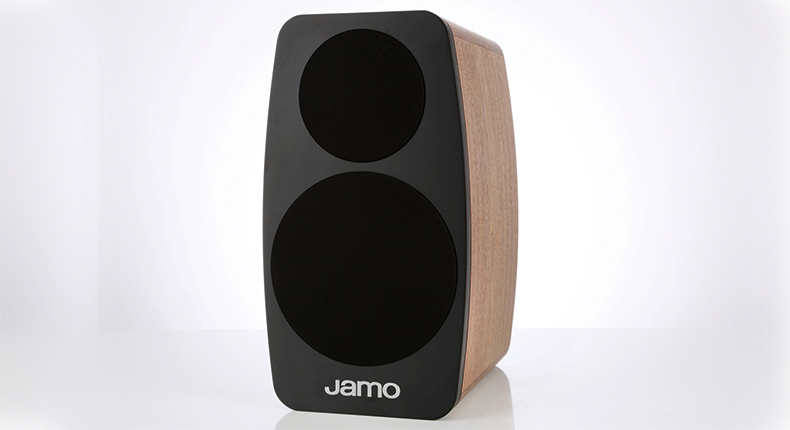
A bigger improvement is realised by biwiring them. Many biwireable speakers exhibit pretty subtle changes when biwired, but the Jamos improve decisively.
There’s greater substance to low frequencies, more positivity about the midrange, and an altogether more confident character emerges.
There’s no fundamental change to the Jamos’ tonal balance – it remains on the lean side of neutral – but the C103s are a better, more convincing listen this way.
Verdict
There are a couple of extremely strong standmounting contenders at this sort of price, but clearly the C103s are a diverting option.
They have the looks and finish to justify their pricetag, they are unfussy about room position (although they’re big boys to start with, which limits your options a little) and are a detailed, energetic and pleasingly subtle listen.
With a bit more overall substance to their sound and a tweeter on less of a knife-edge they could really go places.
MORE: Best hi-fi speakers 2015
What Hi-Fi?, founded in 1976, is the world's leading independent guide to buying and owning hi-fi and home entertainment products. Our comprehensive tests help you buy the very best for your money, with our advice sections giving you step-by-step information on how to get even more from your music and movies. Everything is tested by our dedicated team of in-house reviewers in our custom-built test rooms in London, Reading and Bath. Our coveted five-star rating and Awards are recognised all over the world as the ultimate seal of approval, so you can buy with absolute confidence.
